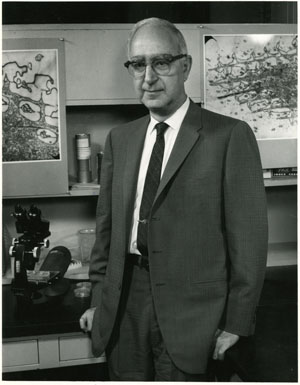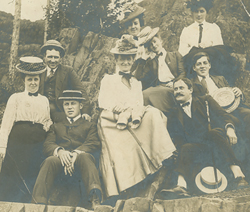University of Massachusetts Amherst. Continuing Education
The Division of Continuing Education was established in 1970 as the de facto academic outreach arm of the University. Designed to improve access to the academic resources of the University for part-time students, this entailed both the development of a specialized admissions process and an integrated counseling, advising, registration, and records operation geared to the needs of part-time students. The Division continues to provide specialized services and programming for part-time students including Tutoring Enrichment Assistance Model for Public School Students (TEAMS) and the Arts Extension Service, which acts as a catalyst between the fine arts resources of the University and the people in the Commonwealth.
The record group documents the activities of the Division of Continuing Education (1970-2007), Everywoman’s Center — including the Women of Color Leadership Network (1971-2007), and the University Conference Services (1906-2007).


